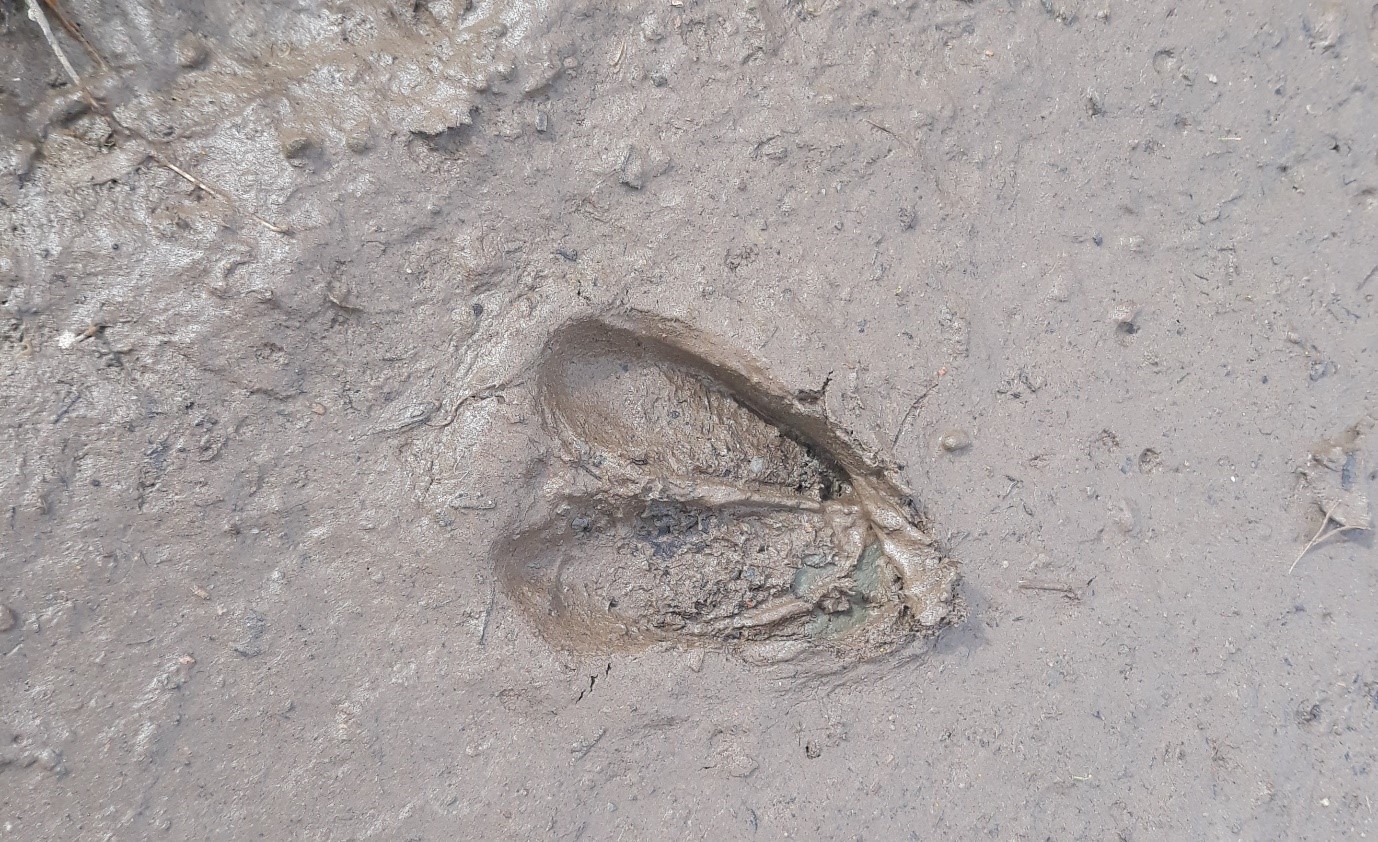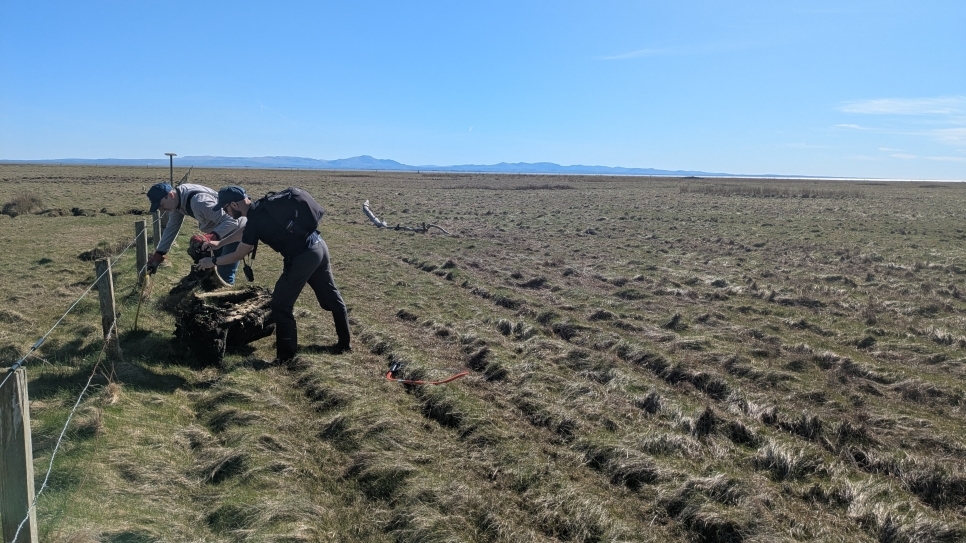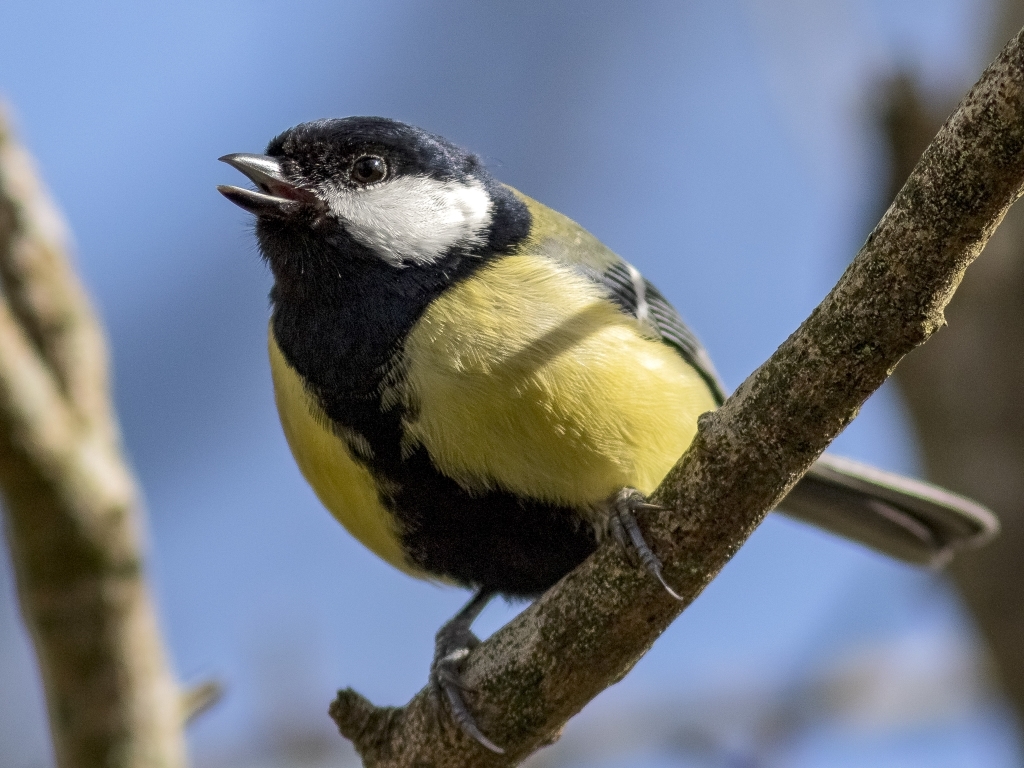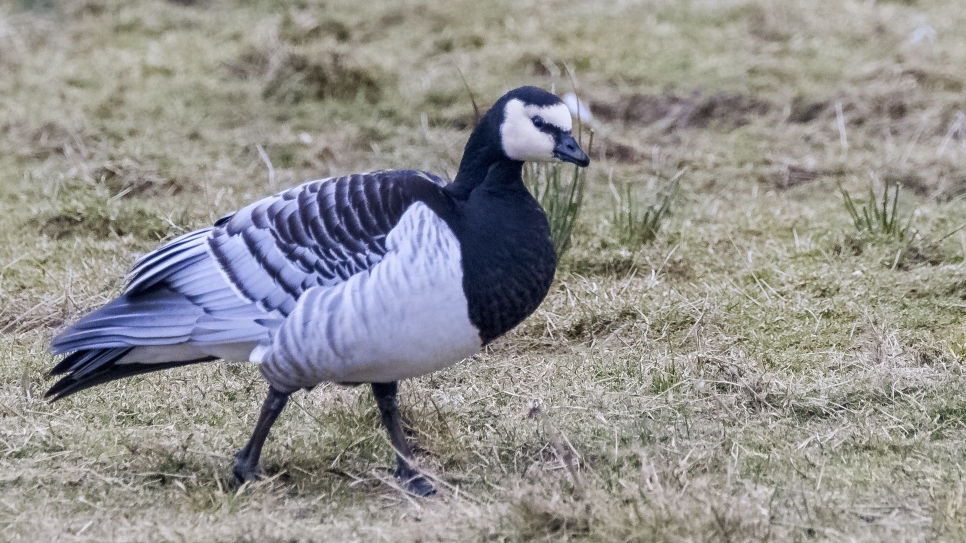Mammal Tracking!
Learn the tracks of mammals found on our reserve
At Caerlaverock Wetland Centre we like to keep an eye on what species are utilising our reserve. You may have seen mention in the wildlife sightings updates of some of the surveys we have been carrying out this winter, including swan age assessment and census, wetland bird high tide counts, winter passerine surveys, Barnacle goose counts, to name a few.
From this you can tell that birds on the site are well covered, but what about the other species? An unexpected bonus from all the rainy weather the past three months has been the opportunity for staff to do a bit of mammal footprint tracking. Many mammals on the reserve are nocturnal so by taking advantage of all the muddy patches we were able to build up a picture of how they utilise the reserve.
With this in mind, we thought we would do a short ID parade of some of the prints found.
Badger
Badgers have five toe pads, a kidney bean shaped back pad and, on most occasions, very visible claw marks. When casually ambling around they have a habit of treading over their forefoot print with their hind foot as shown in the photo below.
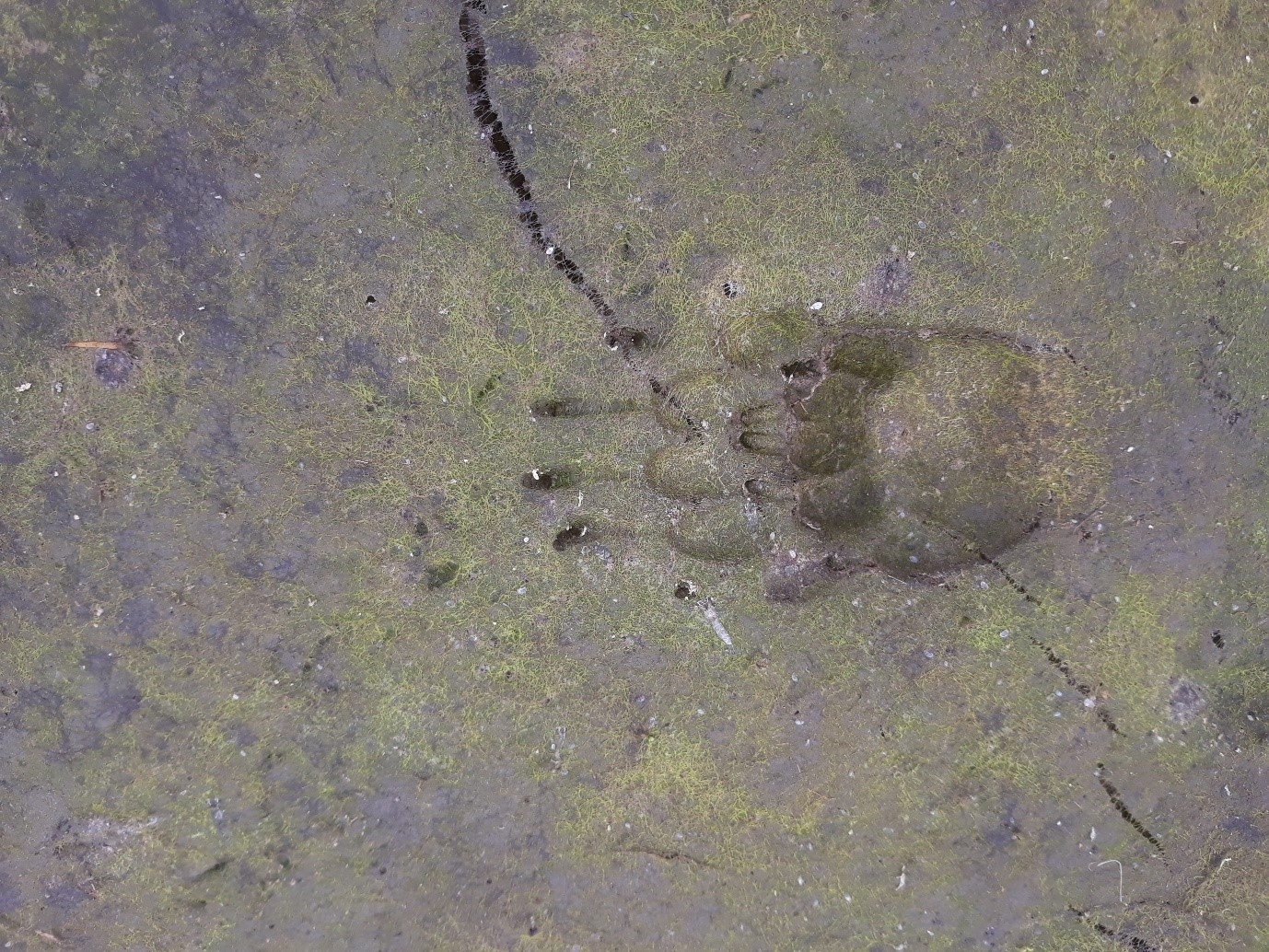
Otter
Again otters are another five toed print, although in most occasions the impression from the thumb is not visible. They have a more rounded print when compared to that of the badger’s, as shown in the red box of the photo below.

Fox
Fox is actually quite a difficult one as dogs can be very similar, both being symmetrical prints with four toe pads and a back pad. To separate them, fox prints have a tendency to be narrower, often described as diamond -shaped, with smaller pads. In addition, the two front toe pads of the fox sit further forward than that of a dog. If you were to imagine a line drawn across the print from the tops of the two back toe pads then this would only just touch the front toe pads (as shown by the red line in the photo below) where as in a dog it would cut through them.

Hare
This is another print that shows up with four toes. Unlike those of the fox, the print is not symmetrical with one pad further forward than the others, often giving it a pointed appearance. The best way to identify a hare print (and is also applicable for rabbits) is to look at the gait of the animal. In the photo below, surrounded by a red box, there are two prints side by side with a further two prints one behind the other which is distinctive for these two species.

Roe deer
Last, but by no means least, we have our cloven footed Roe deer. Not likely to be mistaken for any other species on the reserve (well unless the Hebridean Sheep make a break for freedom!)
